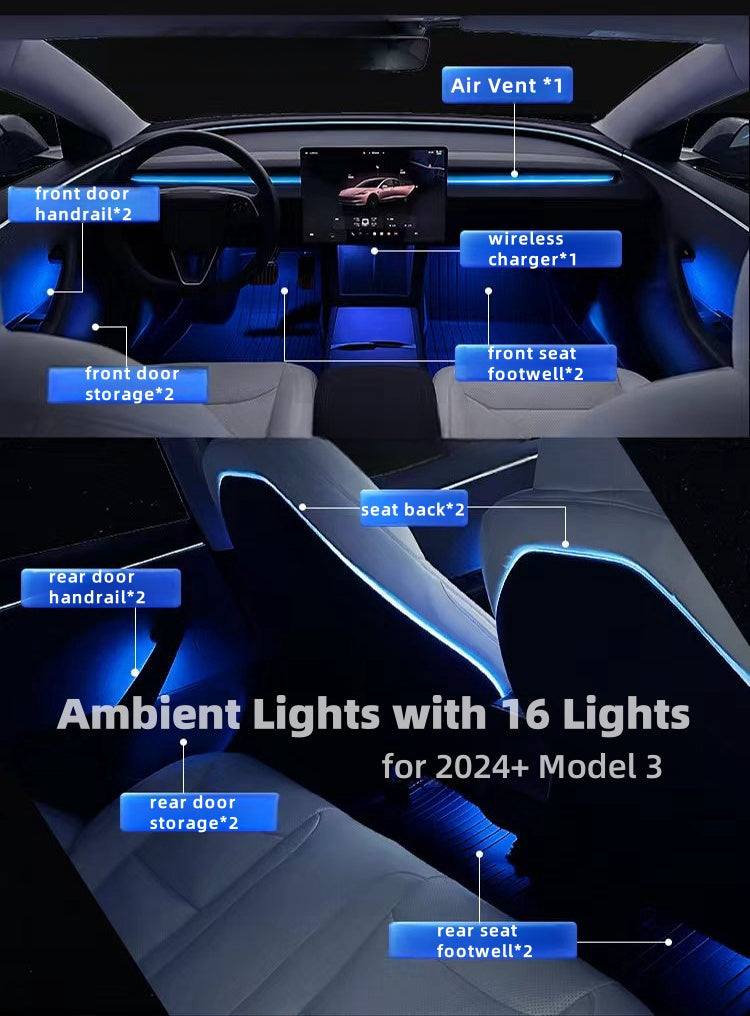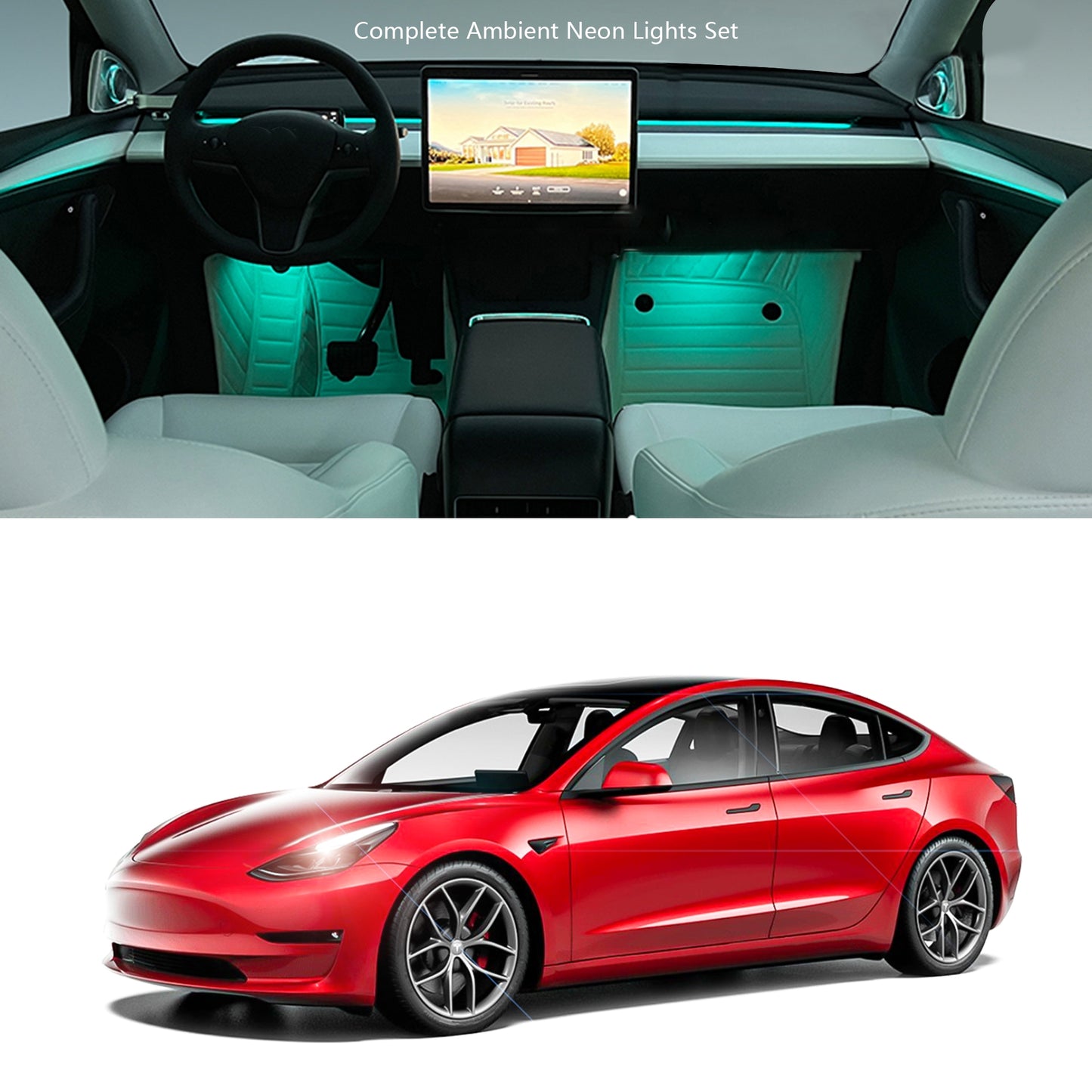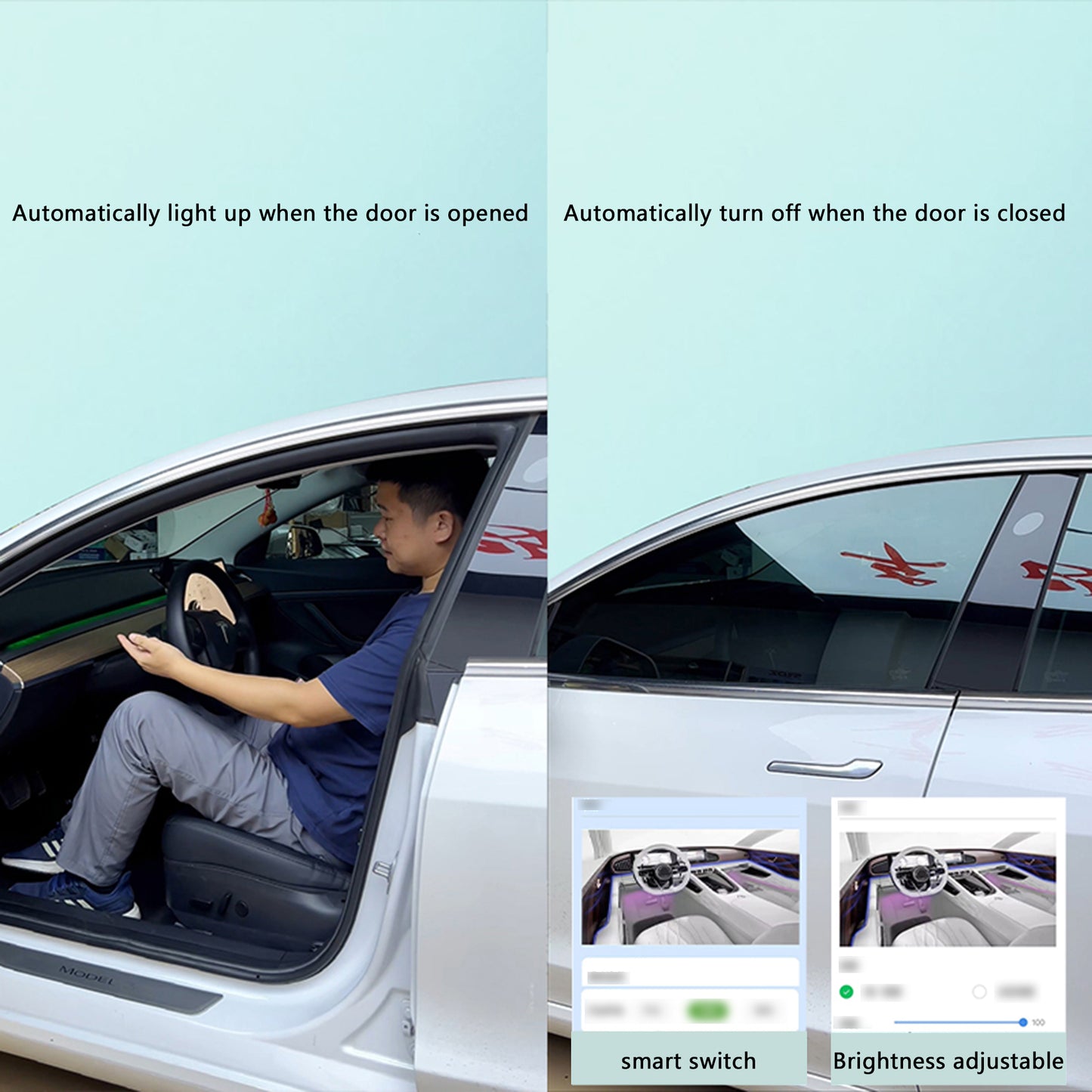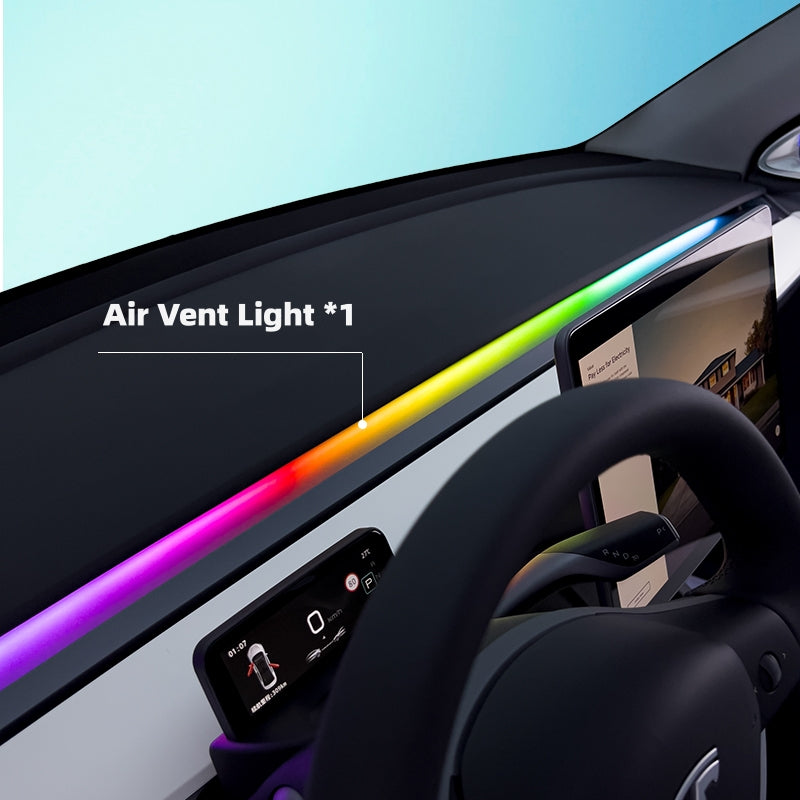
Tesla Unveils Key Improvements to Supercharger Network for All EVs
Tesla has announced a series of upgrades for its Supercharger network, focusing on enhancing accessibility for all electric vehicles (EVs), including non-Tesla brands. This move aligns with the company’s ongoing efforts to open its charging stations to a broader range of EV drivers.
One issue Tesla is addressing is the challenge posed by charging port placements on non-Tesla vehicles. Many of these cars require more flexible cable arrangements, as the current short cables often force drivers to block adjacent stalls to charge their vehicles effectively.
To address this, Tesla recently outlined four key improvements to optimize its Supercharger network for all EVs:
Enhancing Stall Availability Accuracy
Tesla is refining its software to provide more precise stall availability information. This includes detecting when non-Tesla EVs are parked in a way that occupies multiple spaces due to cable length limitations. These updates aim to make it easier for drivers to locate available stalls in real-time.
Adding More Long Charging Cables
Over the next 18 months, Tesla plans to increase the presence of long V4 Supercharger cables, eventually outnumbering the short ones. This upgrade will ensure compatibility with a wider range of vehicles, making the charging process more convenient.
Redesigning Stations to Prevent Blockages
Tesla has already revamped over 1,500 Supercharger stations to minimize the need for drivers to use more than two stalls for charging. This redesign effort is ongoing, further improving the overall user experience.
Encouraging Standardized Charge Port Locations
The company is actively engaging with other EV manufacturers, urging them to adopt charge port placements that align better with Tesla’s Supercharger design. Ideal locations include the rear left or front right of vehicles, enhancing compatibility across brands.
Tesla’s efforts include direct outreach to manufacturers, such as a request to Rivian to reconsider the charging port location for its upcoming R2 and R3 platforms. Optimizing port placement would improve both street parking and Supercharger compatibility.
The company has also begun deploying longer V4 Supercharger cables as part of its rollout of new charging cabinets capable of delivering speeds up to 500kW. These advancements are paired with Tesla’s ongoing expansion of Supercharger access to brands like Ford, Rivian, General Motors, and Nissan, which have adopted Tesla’s North American Charging Standard (NACS).
These initiatives reflect Tesla’s commitment to improving the EV charging ecosystem for all users, while maintaining its leadership in fast, reliable, and accessible charging solutions.














